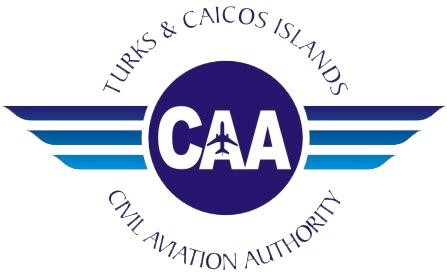Seating Allocation
Families, children and infants
The seating of children close by their parents or guardians should be the aim of airline seat allocation procedures for family groups and large parties of children.
Young children and infants who are accompanied by adults, should ideally be seated in the same seat row as the adult. Children and accompanying adults should not be separated by more than one aisle. Where this is not possible, children should be separated by no more than one seat row from accompanying adults. This is because the speed of an emergency evacuation may be affected by adults trying to reach their children.
Whenever a number of infants and children are travelling together the airline should make every effort to ensure that they can be readily supervised by the responsible accompanying adults.
Child seats and child restraint devices
Infants under the age of two need to be secured whenever the seat belt sign is on. This can be achieved through the use of a seat belt loop provided by the airline to secure the infant on an adult’s lap, or by using a child restraint device i.e. car type seat, or an alternative provided by the airline.
Forwards facing child restraint devices may be installed on both forward and rearward-facing passenger seats but only when fitted in the same direction as the passenger seat on which it is positioned. Rearward-facing child restraint devices can only be fitted to forward-facing passenger seats.
Child restraint devices can only be fitted on a suitable aircraft seat using the type of seat belt/harness for which they were designed. For example a child restraint device that needs to be secured by a car type seat belt which includes a shoulder harness, cannot be installed on an aircraft seat that is fitted with a lap belt only.
The permitted use of restraint devices can differ between airlines, so it is important to contact your airline in advance of your booking or flight to ensure that the device that you may wish to use is acceptable.
Seats by emergency exits
Some passengers may not be permitted to sit in a seat row next to an emergency exit. This is because if the emergency exit is needed, it is important the exit can be opened and the aircraft evacuated as quickly as possible.
The following passengers are among those who should not be allocated, or directed to, seats by emergency exits:
- Passengers with physical or mental impairment or disability to the extent that they would have difficulty in moving quickly if asked to do so.
- Passengers who have significant sight or hearing impairment to the extent that it might be difficult for them to respond to instructions quickly.
- Passengers who, because of age or sickness, have difficulty in moving quickly.
- Passengers who, because of physical size, have difficulty in moving quickly.
- Children (whether accompanied or not) and infants.
- Passengers travelling with animals i.e. assistance dogs.
